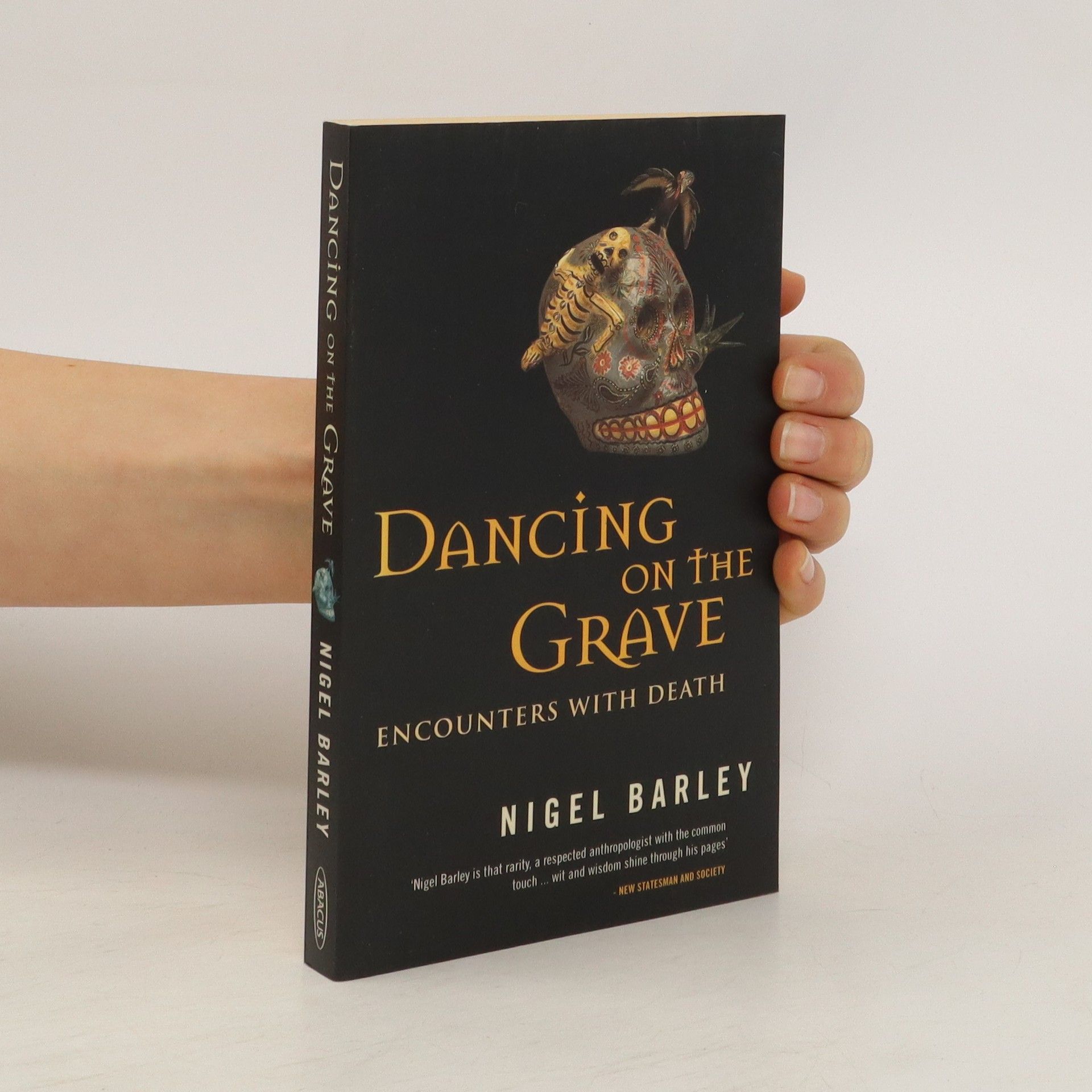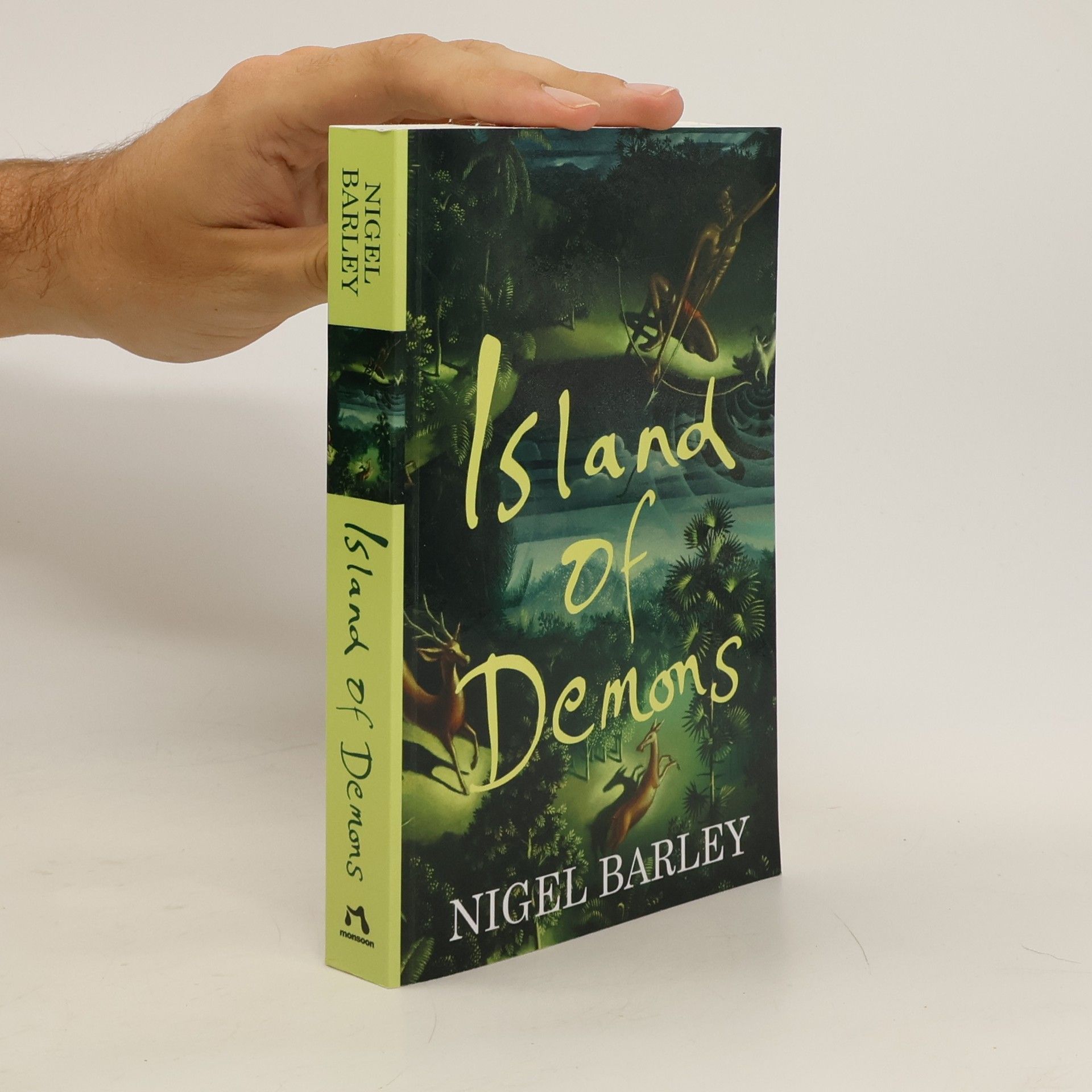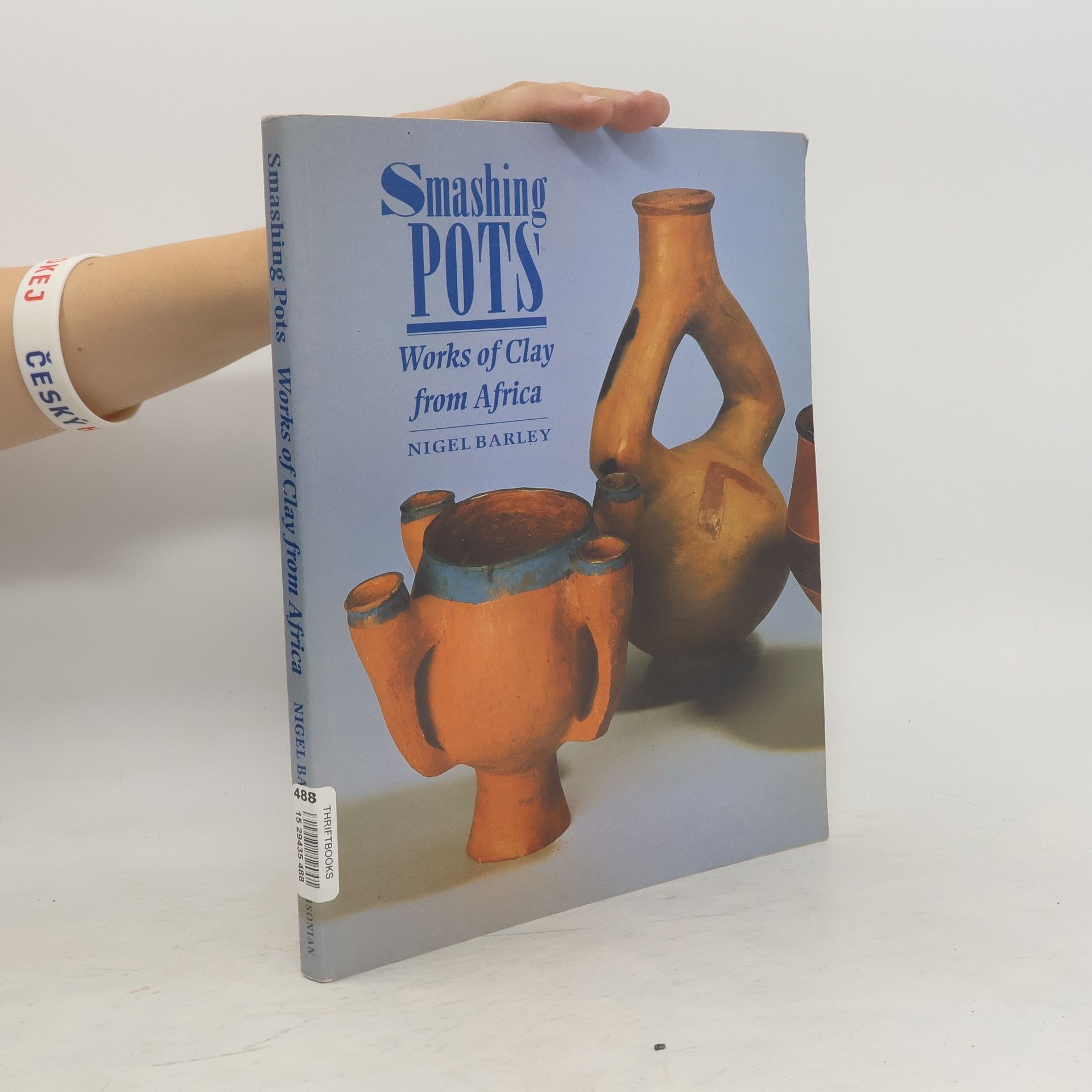When local contacts tipped off Nigel Barley that the Dowayo circumcision ceremony was about to take place, he immediately left London for the village in northern Cameroon where he had lived as a field anthropologist for 18 months.
Nigel Barley Boeken
N/A


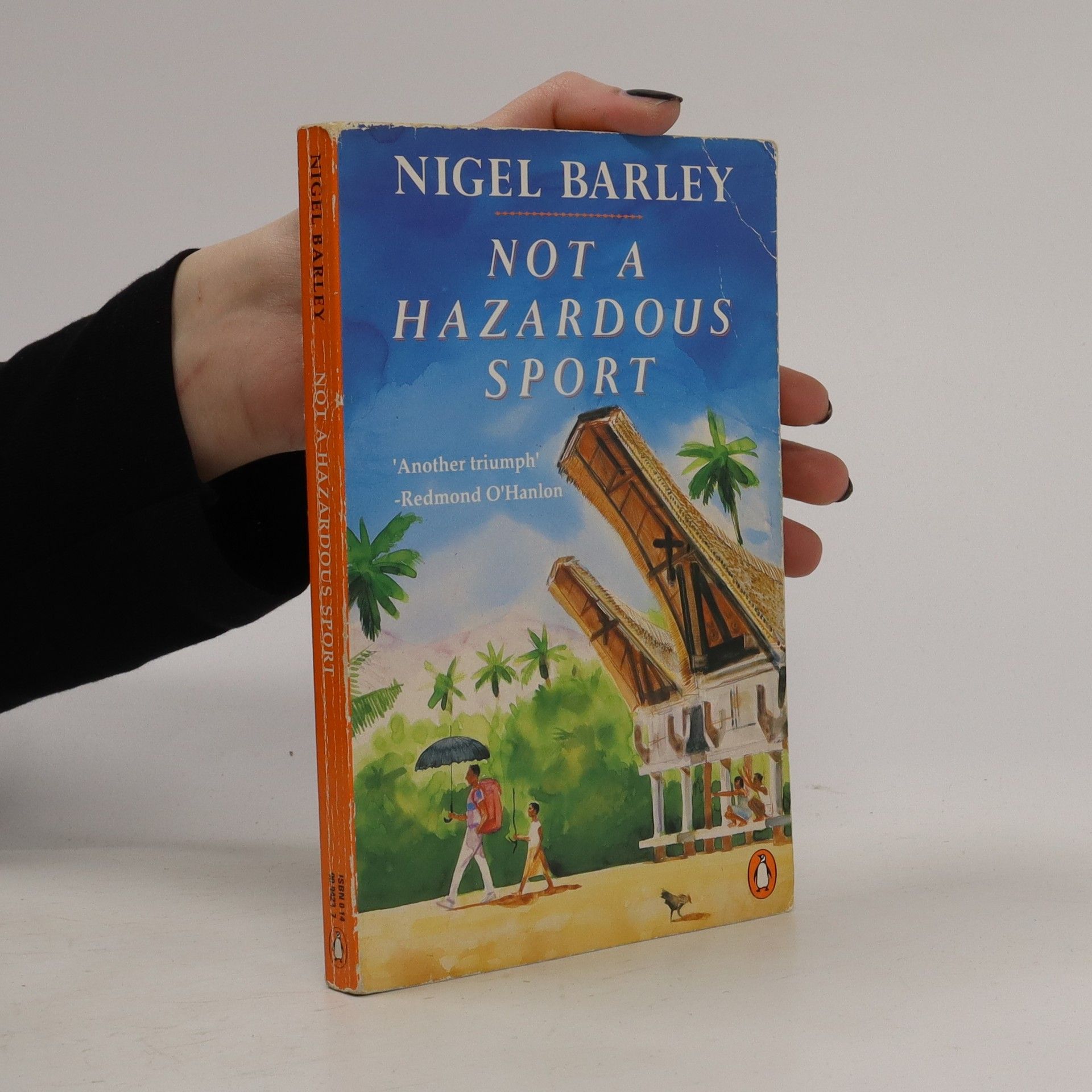
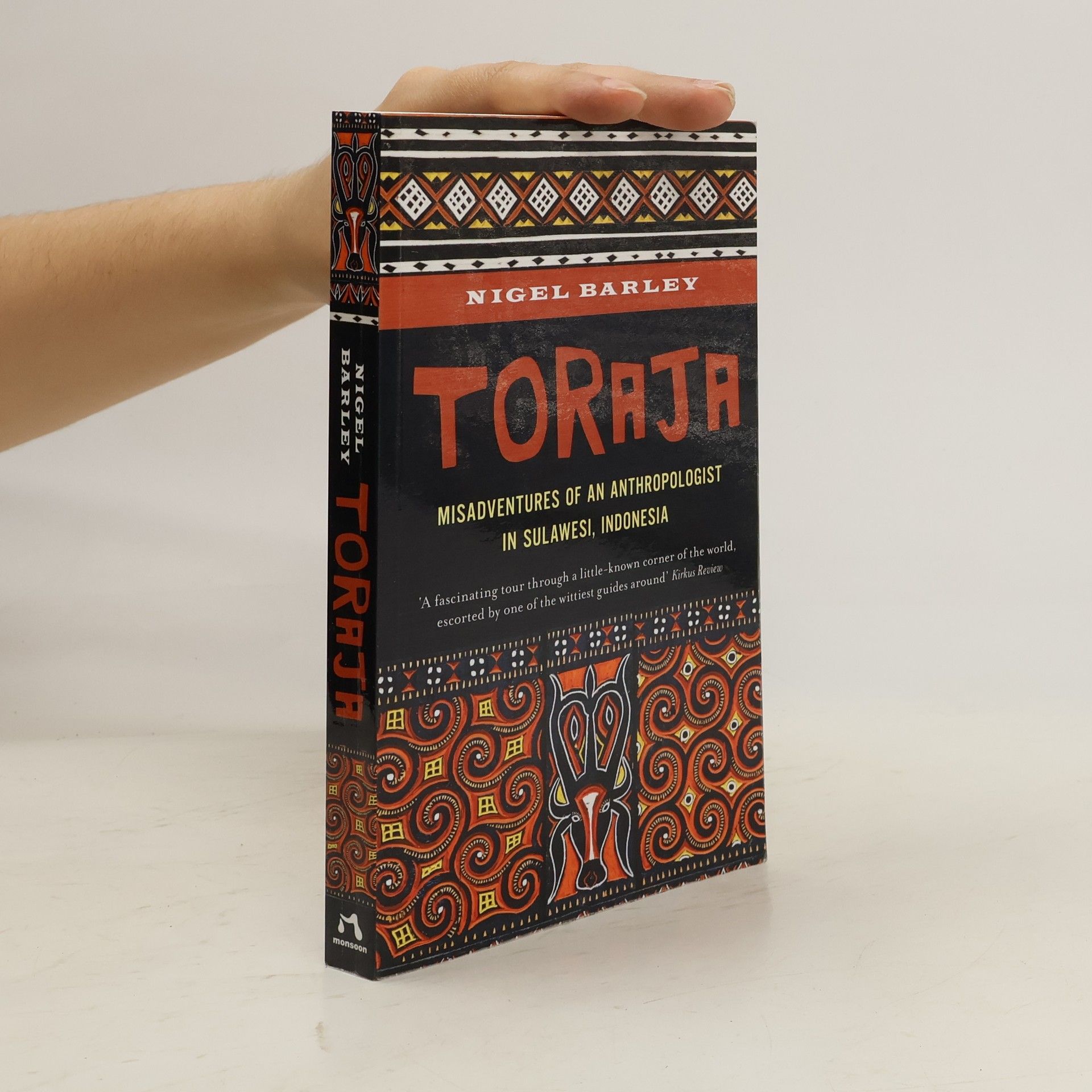
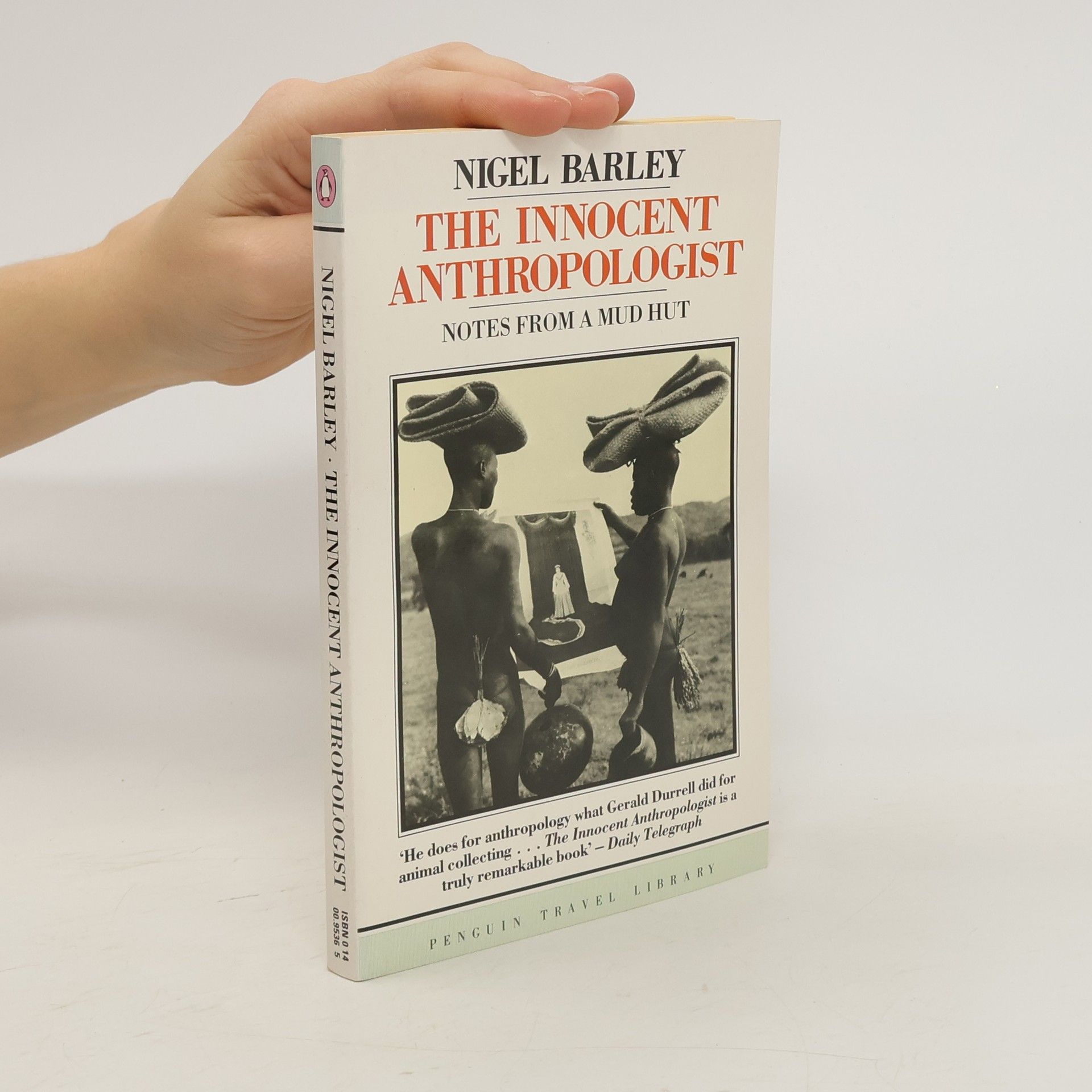


A novel about eccentric 19th-century Englishman Alexander Hare: a trader and slave-owner in the East and a friend of Thomas Stamford Raffles, the founder of Singapore, but Hare's chief claim to fame is as the creator of a harem of women from throughout Asia.
The innocent anthropologist: notes from a mud hut
- 192bladzijden
- 7 uur lezen
Nigel Barley was a ?new anthropologistOCO, one of the younger generation of academics whose learning and research had been acquired in institutes, research departments, from academic journals and university libraries. But after suffering years of gentle put-downs from leathery old field-workers, their ?teeth permanently gritted from years of dealing with nativesOCO, he was determined to gain his own experience. The two years he spent among the Dowayo people in the Cameroons (1978-80) produced a comic masterpiece of travel writing, The Innocent Anthropologist, which remains as honest, as funny and as compelling a read as when it was first penned ? and a devastating critique of academics attempting to impose their rules and their order on West African life."
In 1985, Dr Nigel Barley taught himself Indonesian and set off for the relatively unknown island of Sulawesi. Here he hoped to find unsullied cultures to study and unspoilt natives to investigate. he soon found plenty to wonder at and plenty to admire among the Toraja.
Anthropologist Nigel Barley, author of "The Innocent Anthropologist" and "A Plague of Caterpillars", recounts the perils and pitfalls of his journey to the remote district of Tarajaland in Indonesia, recording the Toraja people on the island of Sulawesi.
A unique look at the British from an anthropologist`s point of view. The author uses his skills to describe and analyze various aspects of British society, from weddings and church services to strip clubs and pub-crawls.
Dancing on the Grave
- 250bladzijden
- 9 uur lezen
Seeking to merge the information of theologians and anthropologists, this book looks at the variety of ways in which cultures around the world deal with death and give it meaning. In some cultures, most famously Ancient Egypt, families would virtually financially ruin themselves in order to deal with the death of just one person. Other cultures such as the nomadic peoples of southern Africa, simply pull down the roof of their dwelling onto the body and move on, while the wrapped bodies in Torajan (Indonesian) houses are used as shelves. The reader is guided through such diverse areas as myths about death, belief about ways to mourn, joking at funerals, post-mortem videos, cannibalism, headhunting and royal mortuary ritual.
White Rajah
- 272bladzijden
- 10 uur lezen
A wonderful piece of swashbuckling historical biography which recalls the best and the worst of the British Imperial character. schovat popis
Island of Demons
- 388bladzijden
- 14 uur lezen
Many men dream of running away to a tropical island and living surrounded by beauty and exotic exuberance. Walter Spies did more than dream. He actually did it. In the 1920s and 30s, Walter Spies - ethnographer, choreographer, film maker, natural historian and painter - transformed the perception of Bali from that of a remote island to become the site for Western fantasies about Paradise and it underwent an influx of foreign visitors. The rich and famous flocked to Spies' house in Ubud and his life and work forged a link between serious academics and the visionaries from the Golden Age of Hollywood. Charlie Chaplin, Noel Coward, Miguel Covarrubias, Vicki Baum, Barbara Hutton and many others sought to experience the vision Spies offered while Margaret Mead and Gregory Bateson, the foremost anthropologists of their day, attempted to capture the secret of this tantalizing and enigmatic culture. Island of Demons is a fascinating historical novel, mixing anthropology, the history of ideas and humour. It offers a unique insight into that complex and multi-hued world that was so soon to be swept away, exploring both its ideas and the larger than life characters that inhabited it.
Offers a look at the history of African pottery, from excavation finds to more recent examples
